The ancient ancestral temple of Phuoc Luu Pagoda
Tinh Ly Pagoda
In Trang Bang alone, for nearly 200 years, there have been village pagodas such as Tinh Ly and Phuoc Luu that bear the unique cultural characteristics of Trang.
An Khuong Quarter, An Tinh Ward, Trang Bang Town is one of the first Vietnamese villages in Tay Ninh . There is now an ancient Tinh Ly Pagoda. The predecessor of this pagoda was a small temple at the foot of a tree in the middle of Bau Dang field, built by the village's buffalo herders from bamboo and trees. In the temple, there are Buddha statues made of clay, molded by the buffalo herders from Bau Dang soil. In the following years, many people brought offerings to worship, seeing the miracle, so people called it Bau Dang Pagoda.
The unique feature of the pagoda is that it was built spaciously by the district chief and village officials. According to the records of An Tinh village, in 1902, District Chief Nguyen Van Buu of Trang Bang district (originally from An Tinh), during a trip to see the road construction, saw that Bau Dang pagoda was small and low, so he invited people in the village to help rebuild the pagoda on a larger scale and named it Tinh Ly pagoda. The word Tinh means the pagoda in An Tinh village, and the word Ly means the village chief, the village representative who built the pagoda.
Over time, Tinh Ly Pagoda has undergone many renovations. Currently, the pagoda has been rebuilt with brick walls and tiled roofs in the traditional four-pillar style of Southern pagodas. From the outside, the pagoda looks like the traditional house of an ancient Southern dignitary. The pagoda roof is tiled, the pagoda yard has a Barringtonia acutangula tree, a pair of flower pots, guava hairpins and a row of water jars with coconut-shard ladles. In front of the pagoda yard is a statue of Bodhisattva Avalokitesvara, a lake, a rockery, altars to Maitreya Buddha, Ba Dau Ma Thang Nhu Lai, a shrine to Ngoc Hoang, Linh Son Thanh Mau, Dia Mau, Ong Dia, etc.
Tinh Ly Pagoda - looks like a traditional Southern house
Currently, Tinh Ly Pagoda still preserves a number of valuable artifacts of historical and artistic value, such as three clay Buddha statues that were reshaped by District Governor Nguyen Van Buu, including the statue of meditating Buddha Shakyamuni, the infant Buddha Shakyamuni, and the statue of Ba Dau Ma Thang Nhu Lai.
This rustic village pagoda has been associated with many generations of An Tinh villagers from the past to the present. Every day, the villagers gather with the monks of the pagoda to perform the chanting ritual. Buddhist Nguyen Thi Theo, a local resident, said: “Every day, from 7 pm, we come here to chant sutras and pray to Buddha, and then stop at 8 pm. This pagoda is so sacred that it is impossible to describe it all.” Buddhist Nguyen Thi Su shared: “I love this ancient pagoda. Every evening I come here to chant sutras and pray to Buddha, I feel at peace in my heart.”
Phuoc Luu Pagoda
In addition to Tinh Ly Pagoda, there is another pagoda that has existed for nearly 200 years, which is Phuoc Luu Pagoda. The predecessor of this pagoda was also a small hermitage with a thatched roof, built on the edge of a field full of banyan trees to worship Buddha. The first hermitage was established in the year Canh Ty 1840. Later, Mrs. Nguyen Thi Trinh, from Long An , followed the immigrants to Trang and renovated the hermitage to worship Buddha and take the pulse, prescribe medicine to cure people. This woman also had the ability to read the face, predict diseases, and predict events. Therefore, people called Mrs. Trinh Ba Dong and the hermitage was also called "Ba Dong hermitage".
Later, a nun named Tran Thi Nen, dharma name Chon Tang, came to the hermitage to practice and heal with Ba Dong. Ba Nen was old, and people called her Ba Coc. Ba Dong and Ba Coc lived in the hermitage doing good deeds to save people. Their good reputation spread far and wide, and more and more people came here to worship and heal. Later, the thatched hermitage was expanded into a pagoda and was called Ba Dong Pagoda.
The glowing shell is used by Venerable Thich Thien Nhan every time he chants.
Before practicing, Mrs. Coc had three sons, all of whom became monks. Her first son took the Buddhist name Trung Luc. After Mrs. Coc passed away, monk Trung Luc took over as abbot. In 1900, monk Trung Luc mobilized contributions from Vietnamese and Chinese people in the area to renovate Phuoc Luu Pagoda. After that renovation, this place became the largest pagoda in Trang Bang as well as in the whole southern Tay Ninh region. Currently, Phuoc Luu Pagoda still preserves many precious paintings and statues, such as the painting series "Ngu Hien Thuong Ky Thu" painted by artist Nam Kieng, from Gia Binh village (formerly Trang Bang), which made a strong impression on visitors from all over. Phuoc Luu Pagoda also preserves many woodblocks with contents such as dharma sects, memorials, divinations, spells, eight trigrams, etc., carved around 1898. The pagoda also preserves hundreds of sutras, treatises, and medical books in Han Nom script, compiled by the ancestors.
Phuoc Luu Pagoda also has a very special item, which is often used by Venerable Thich Thien Nhan, Abbot of Phuoc Luu Pagoda, when chanting, which is a shell of a flare gun. He uses this shell instead of a gong in rituals and chanting sessions in the pagoda. The Venerable uses a metal bolt to hit the gong to create a resounding sound. Abbot Thich Thien Nhan explains: “Previously, this type of weapon created evil, now the pagoda has been renovated to guide people to do good, to express the spirit of the Dharma, to guide people to do good, avoid evil, and rely on the Three Jewels for happiness and joy.”
Cam Phong Pagoda
Along the banks of the Vam Co Dong River, there is also Cam Phong Pagoda (Quan Hue Pagoda), located in Cam Thang Hamlet, Cam Giang Commune, Go Dau District. Quan Hue was an anonymous mandarin of the Hue Dynasty who was sent to this area to restore security and seek welfare for the people. When the people were pacified, the mandarin went to Cam Giang Village to cut down trees in the forest, cleared a small plot of land near the Vam River bank, and built a small thatched-roof hermitage for religious practice. In the following years, the small hermitage was upgraded and built on a larger scale, and the pagoda was named Cam Phong.
Cam Phong Pagoda today
Talking about the origin of Cam Phong Pagoda, Mr. Nguyen Quoc Viet - former Vice President of the Provincial Literature and Arts Association added: "More than 100 years ago, when France invaded our country, King Tu Duc signed a peace treaty to cede to France 3 provinces in the Southeast of Nam Ky. Many righteous people were dissatisfied with this peace treaty and did not cooperate with the French army, including an anonymous Hue court official.
He went to a deserted area by the Vam Co Dong River to build a pagoda to practice asceticism. People found that practicing asceticism was in line with their wishes, so they often went to the pagoda to worship Buddha. People heard the monk's accent was Hue accent, and knew that he was a mandarin of the royal court, so they called the pagoda Quan Hue.
After the liberation of the South, this pagoda was rebuilt on a large scale. More than 30 years ago, monk Thich Dinh Tanh - Abbot of Cam Phong pagoda took care of lonely elderly people, orphans, and abandoned sick children. The number of people in difficult circumstances increased, in 1996, monk Thich Dinh Tanh built Mai Am May Ngan facility, also in Cam Thang hamlet, Cam Giang commune, to be a place to nurture unfortunate lives.
Currently, Mai Am May Ngan takes care of about 200 lonely elderly people, orphans and sick children. Quan Hue Pagoda has become a place of practice for many Buddhists in the region and a favorite destination for tourists whenever they have the opportunity to visit and travel to Tay Ninh.
Monk Thich Dinh Tanh with orphaned, sick and abandoned children raised by Cam Phong Pagoda
Along both banks of the Vam Co Dong River, there are also a number of other ancient pagodas, such as Cao Son (Phuoc Trach Commune, Go Dau District), Thien Lam Pagoda (Go Ken Pagoda, Long Thanh Trung Commune, Hoa Thanh Town)... These nearly 200-year-old places of worship all preserve many typical historical, cultural and artistic values of Tay Ninh. It can be said that for nearly 200 years, the ancient pagodas along the Vam River have accompanied the settlers during the land opening period and their descendants in the process of forming and developing Tay Ninh today.
Ocean
Source


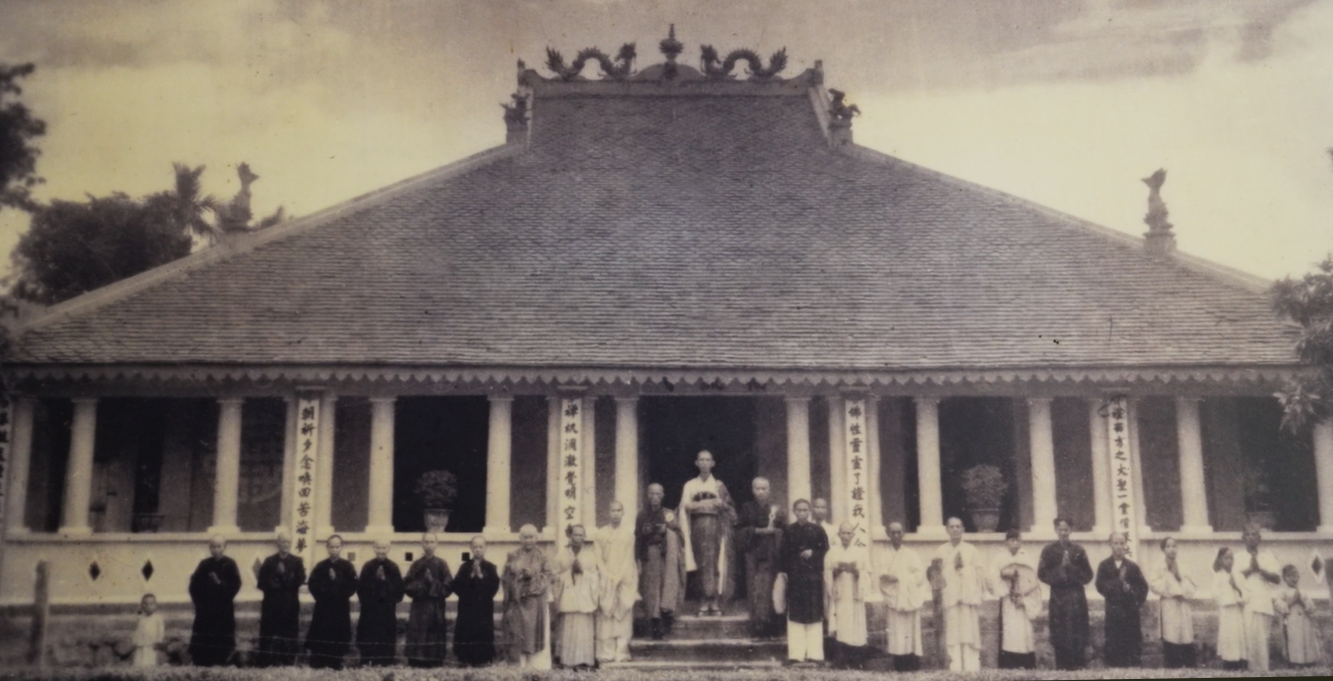
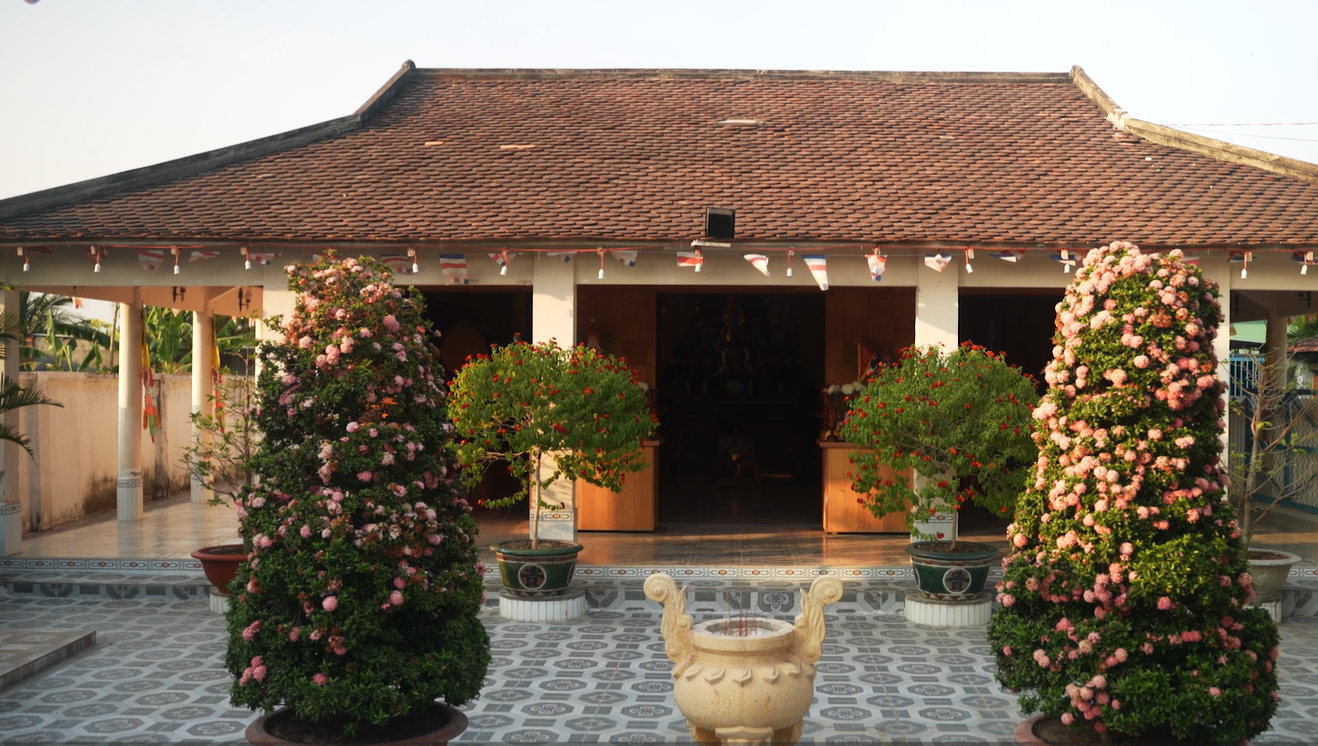
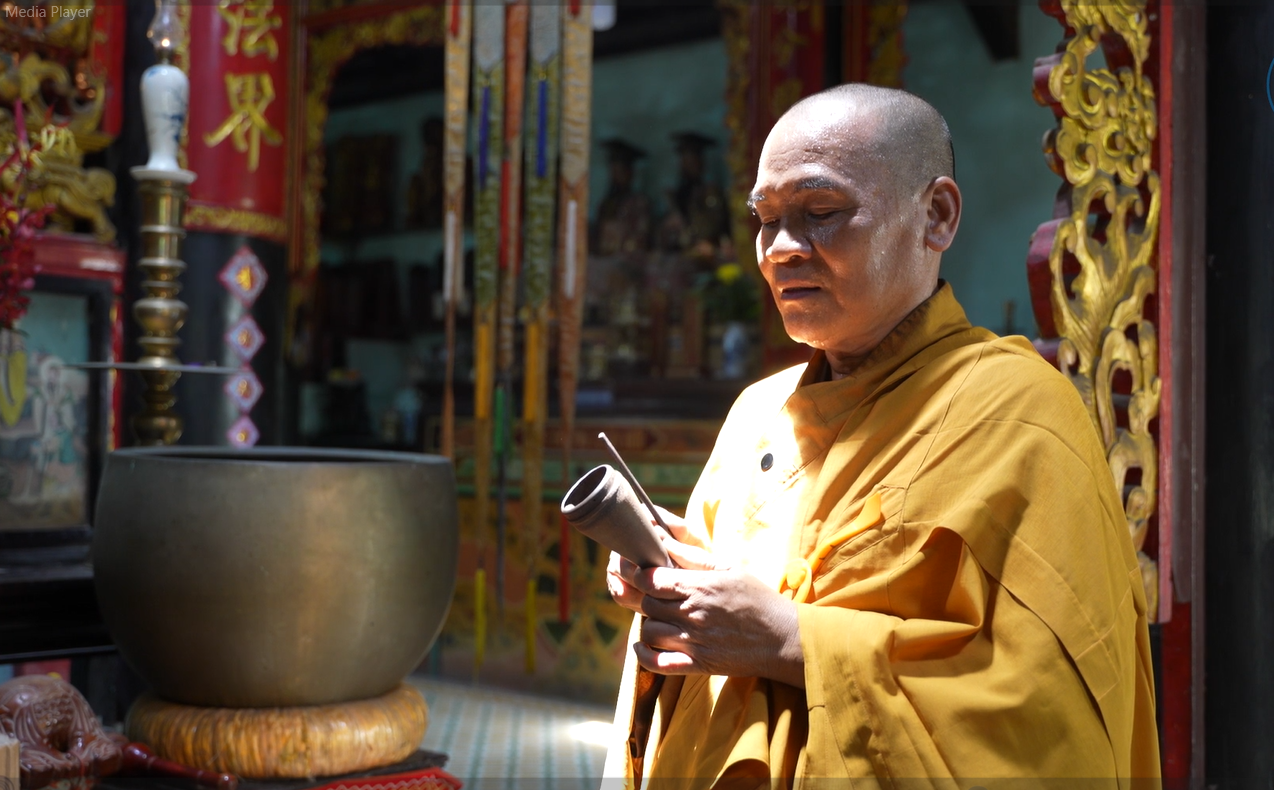
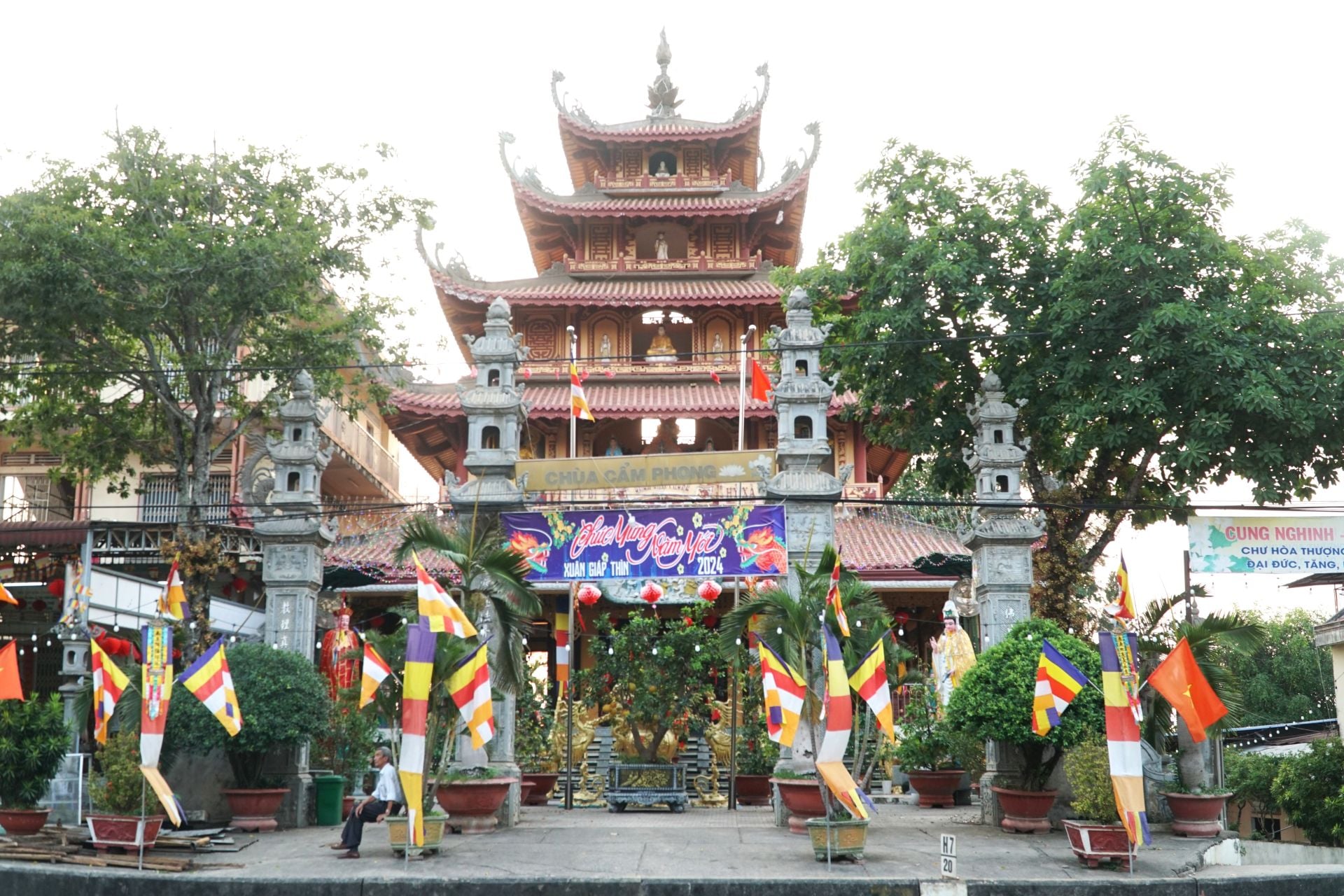
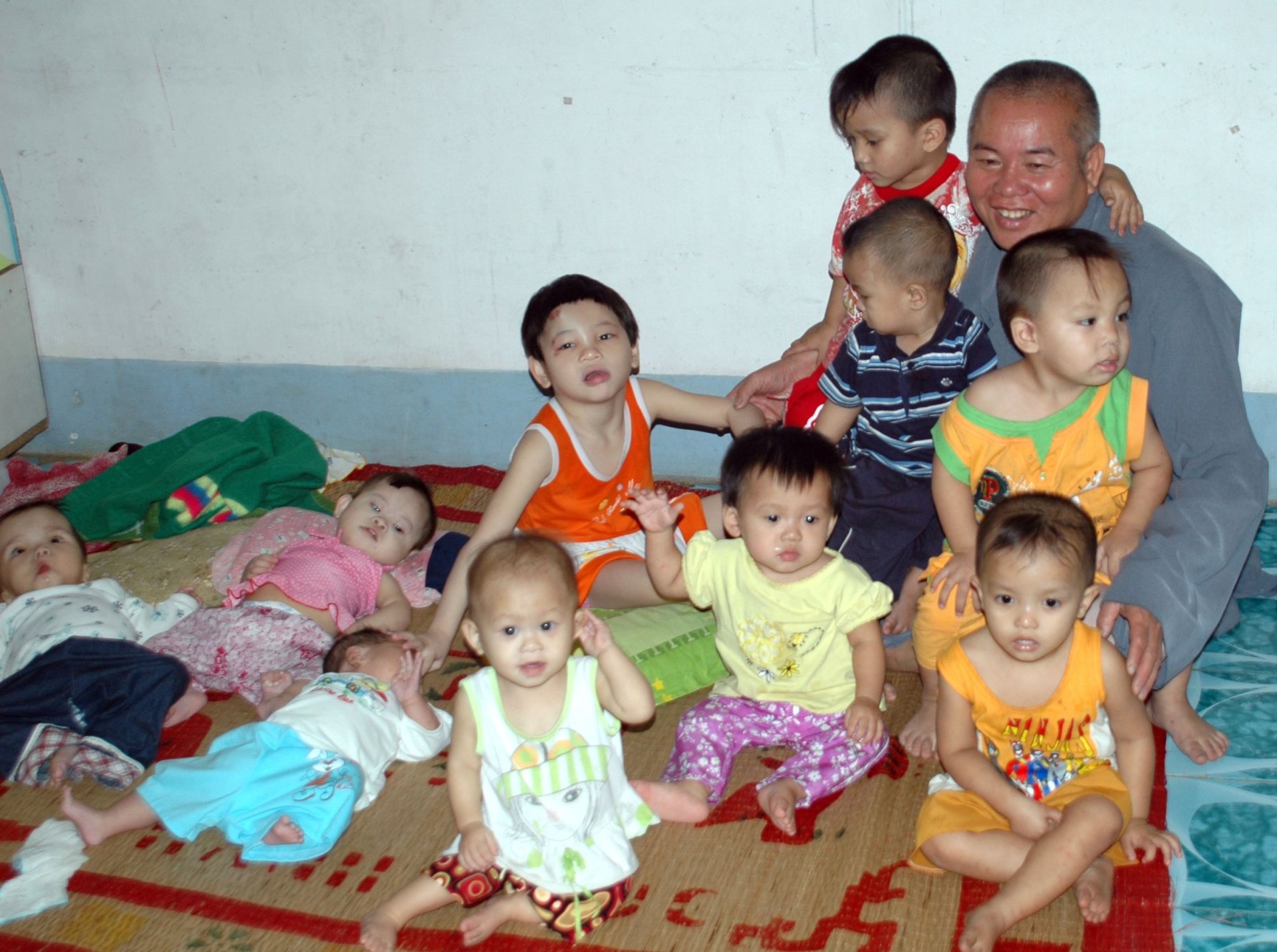







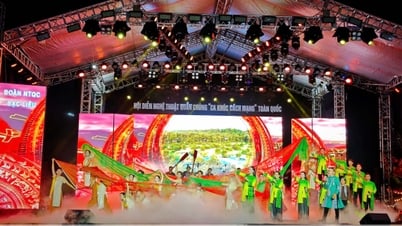
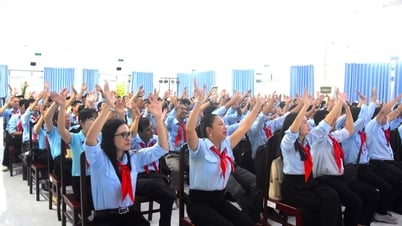
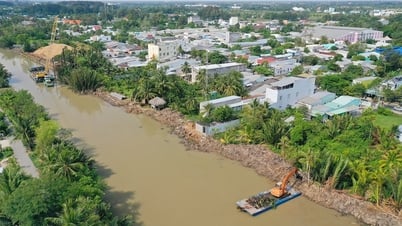
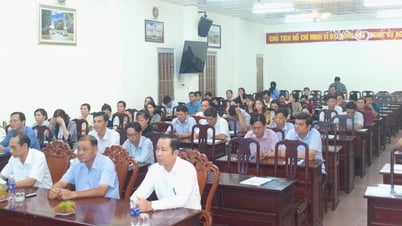





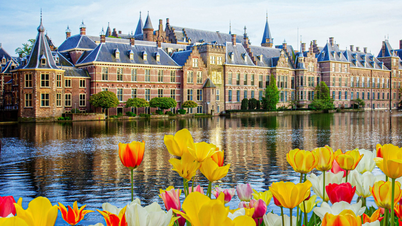
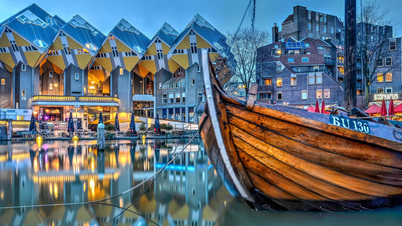
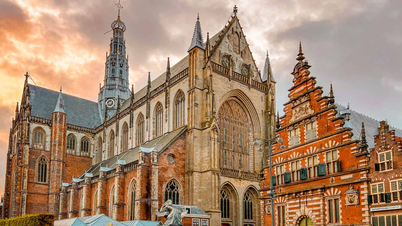
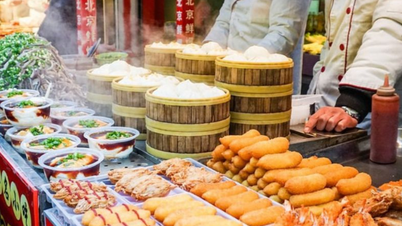
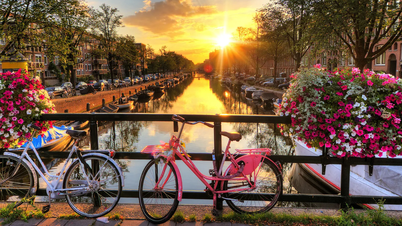
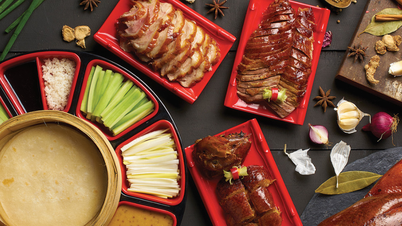

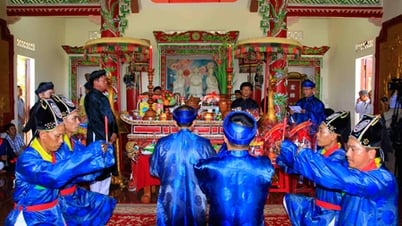

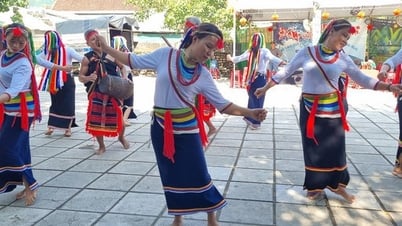



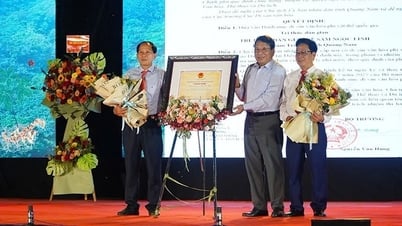

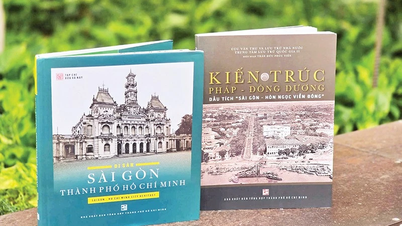
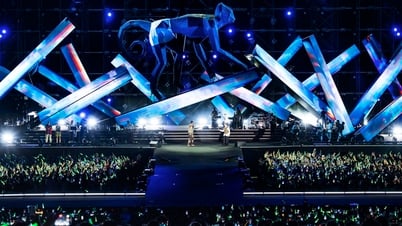

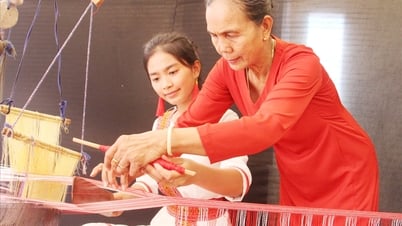
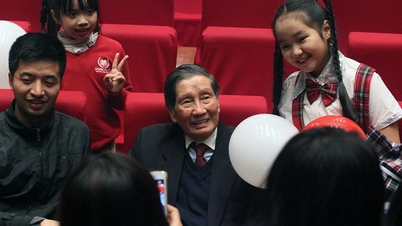

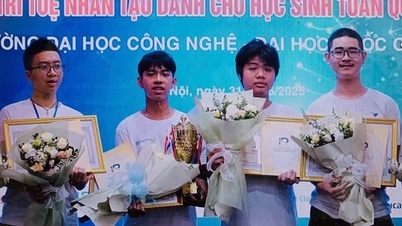

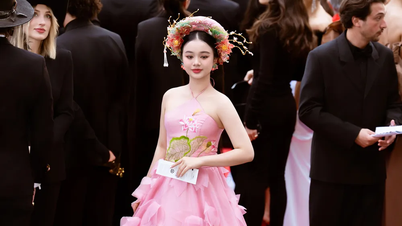

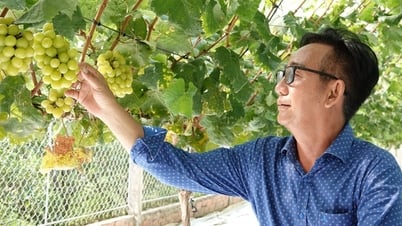












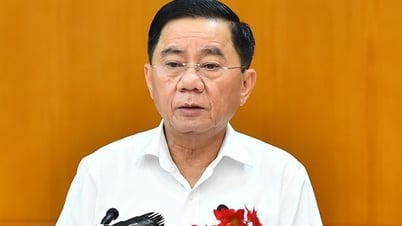



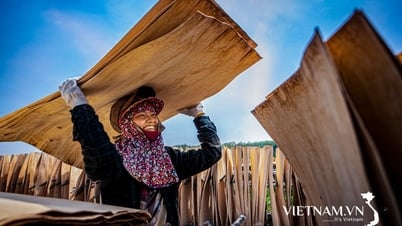
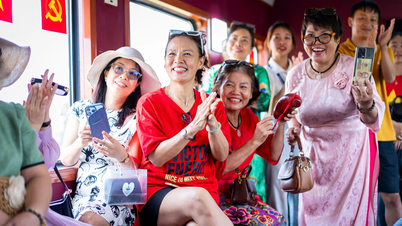


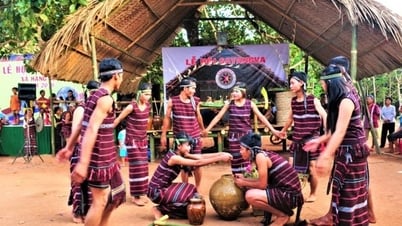


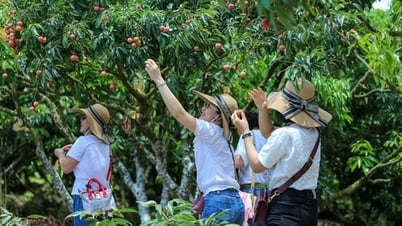
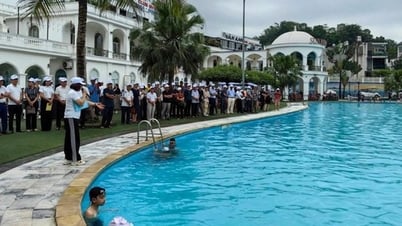
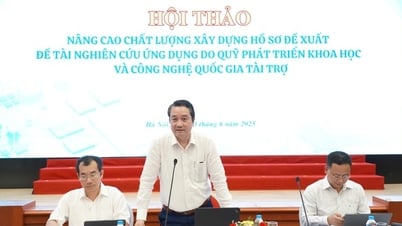





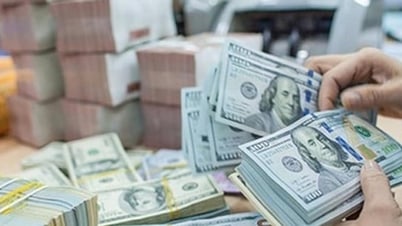




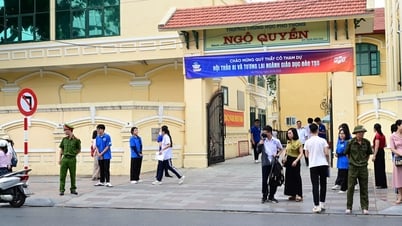



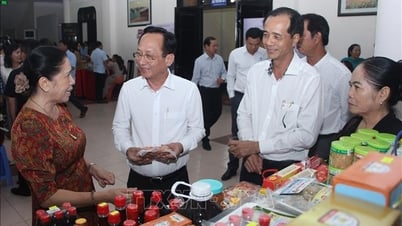








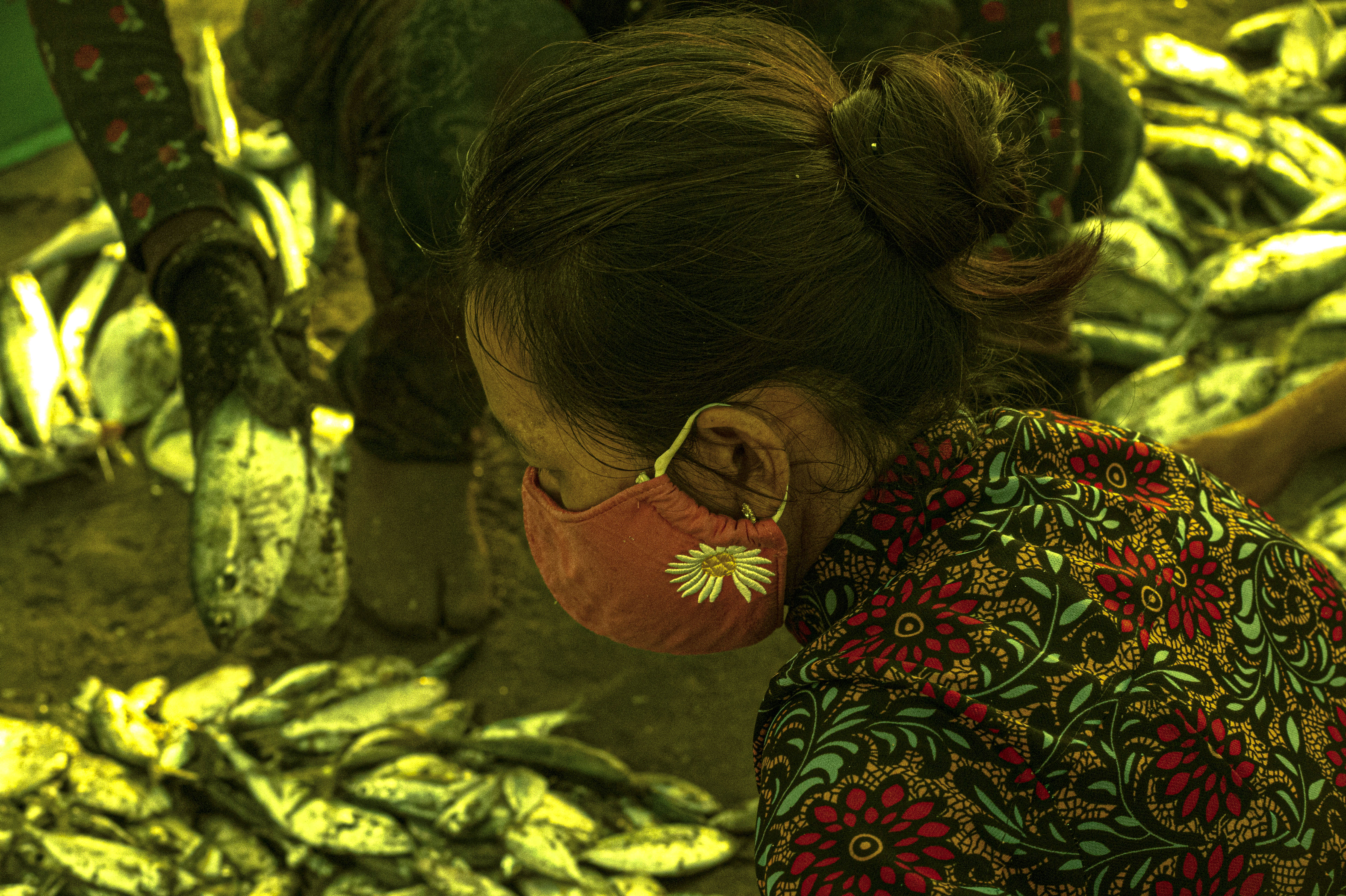
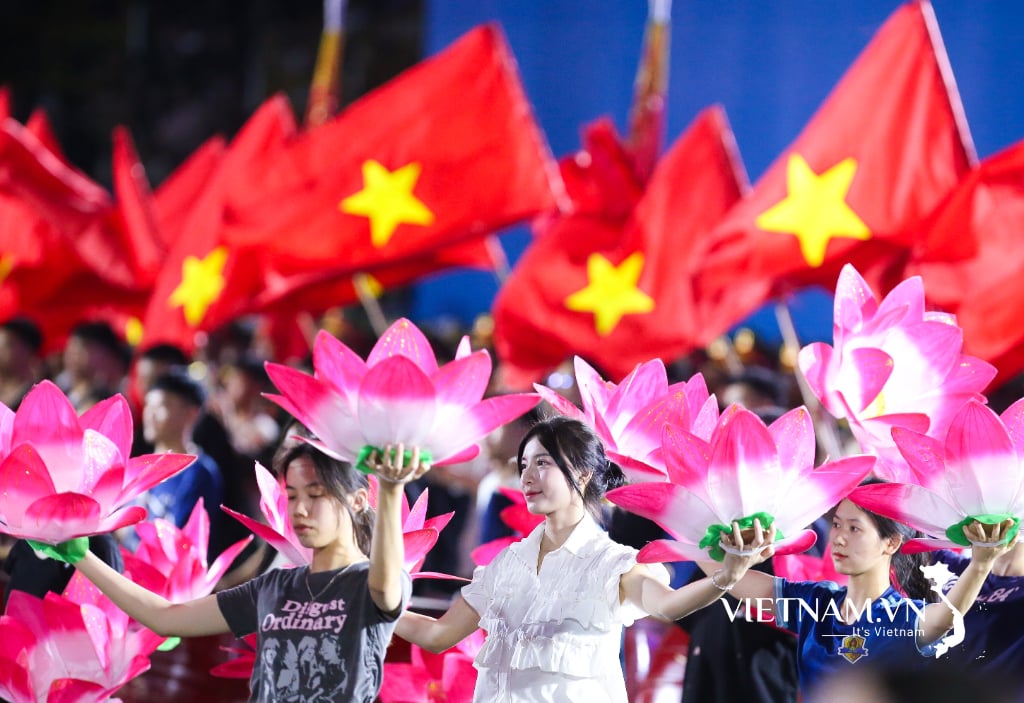
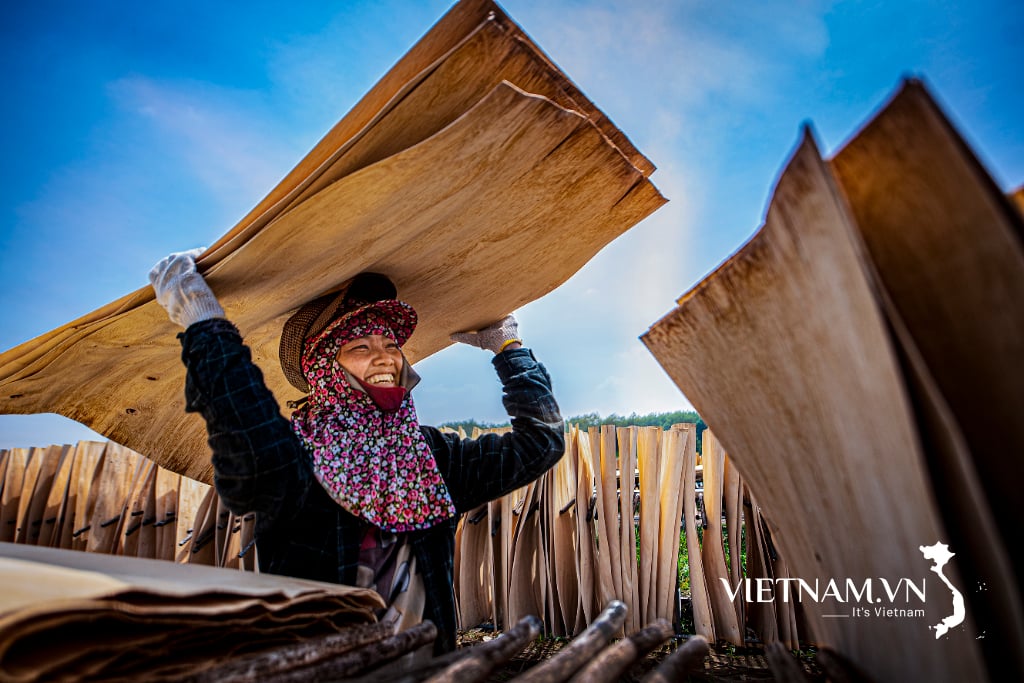

Comment (0)